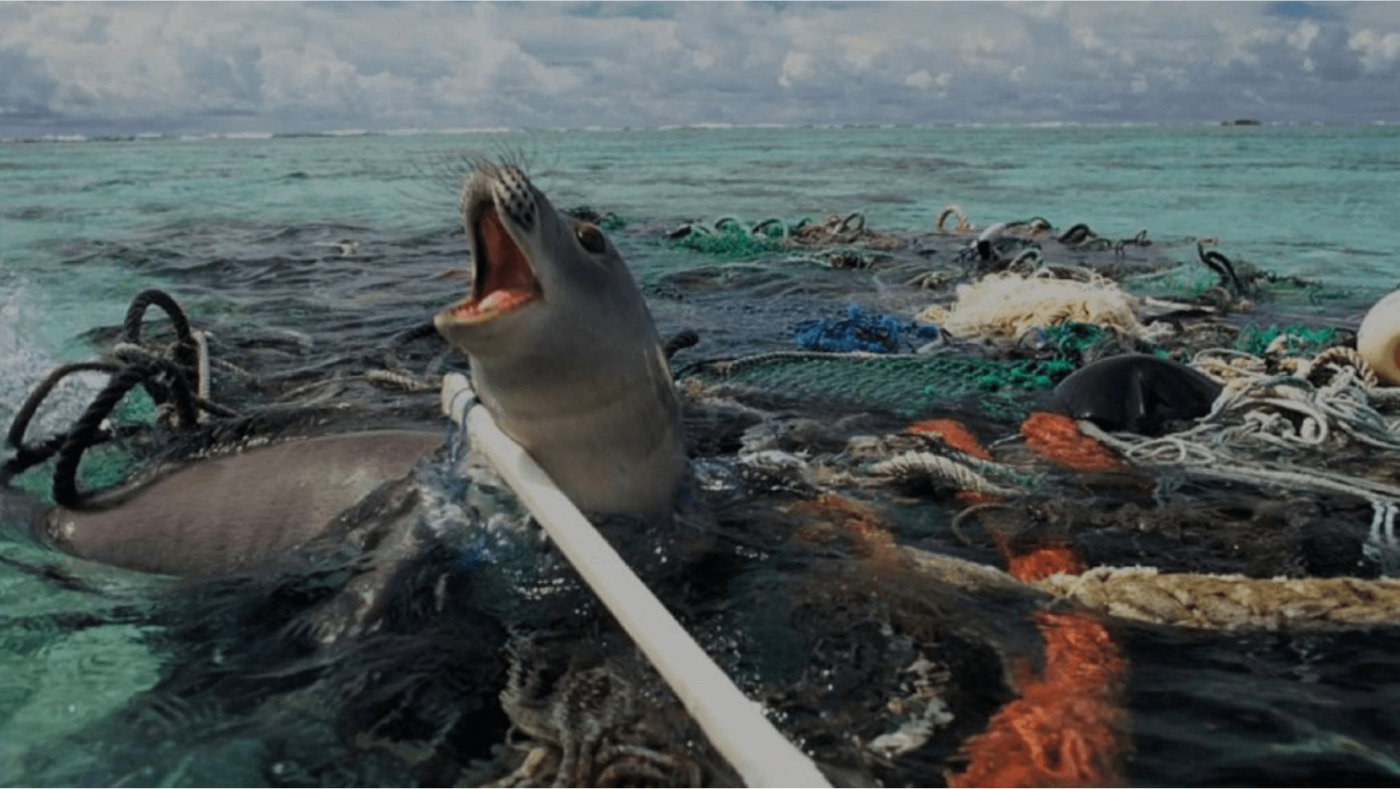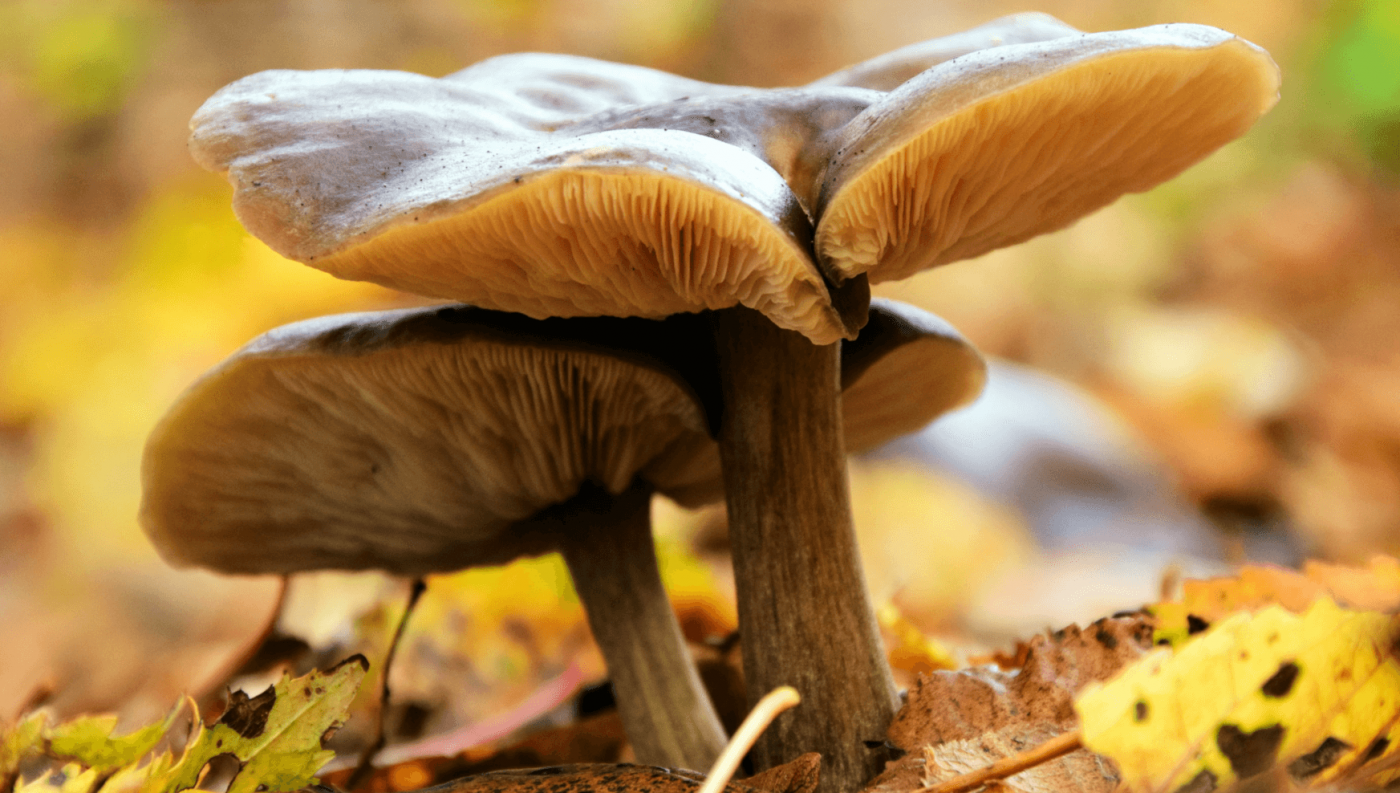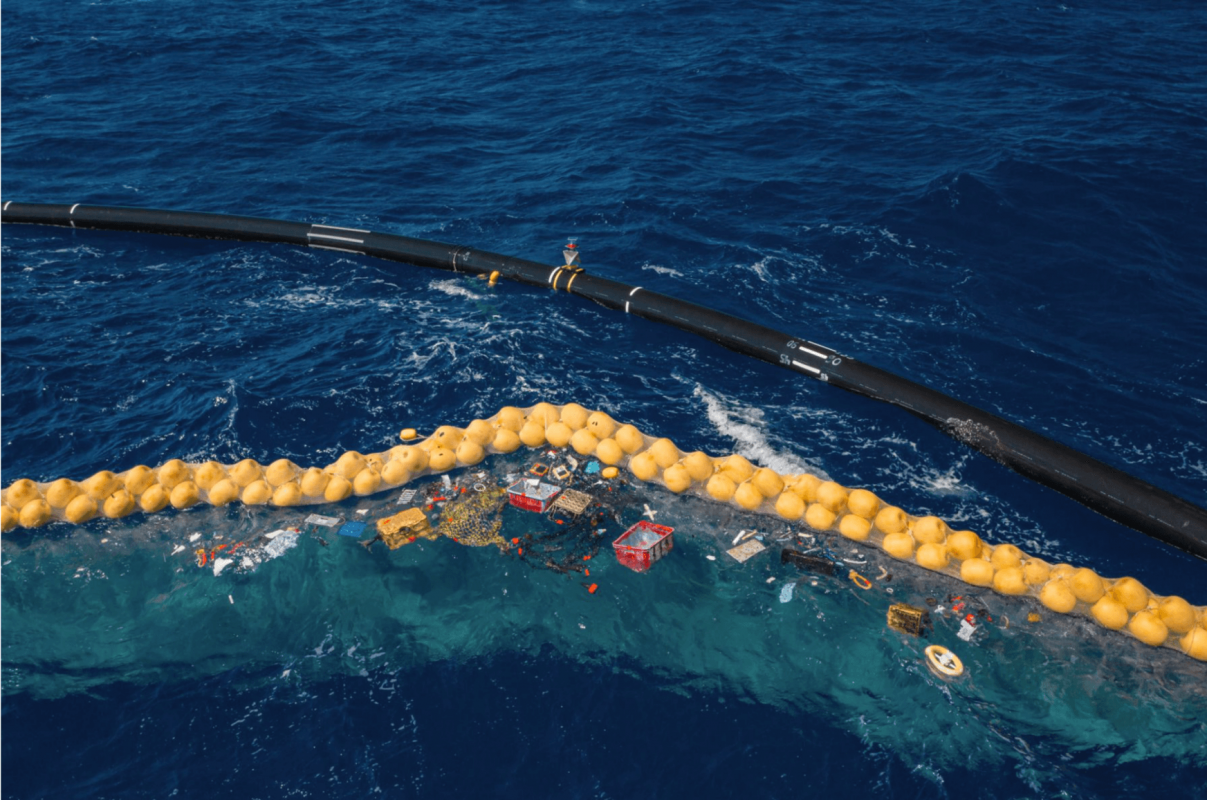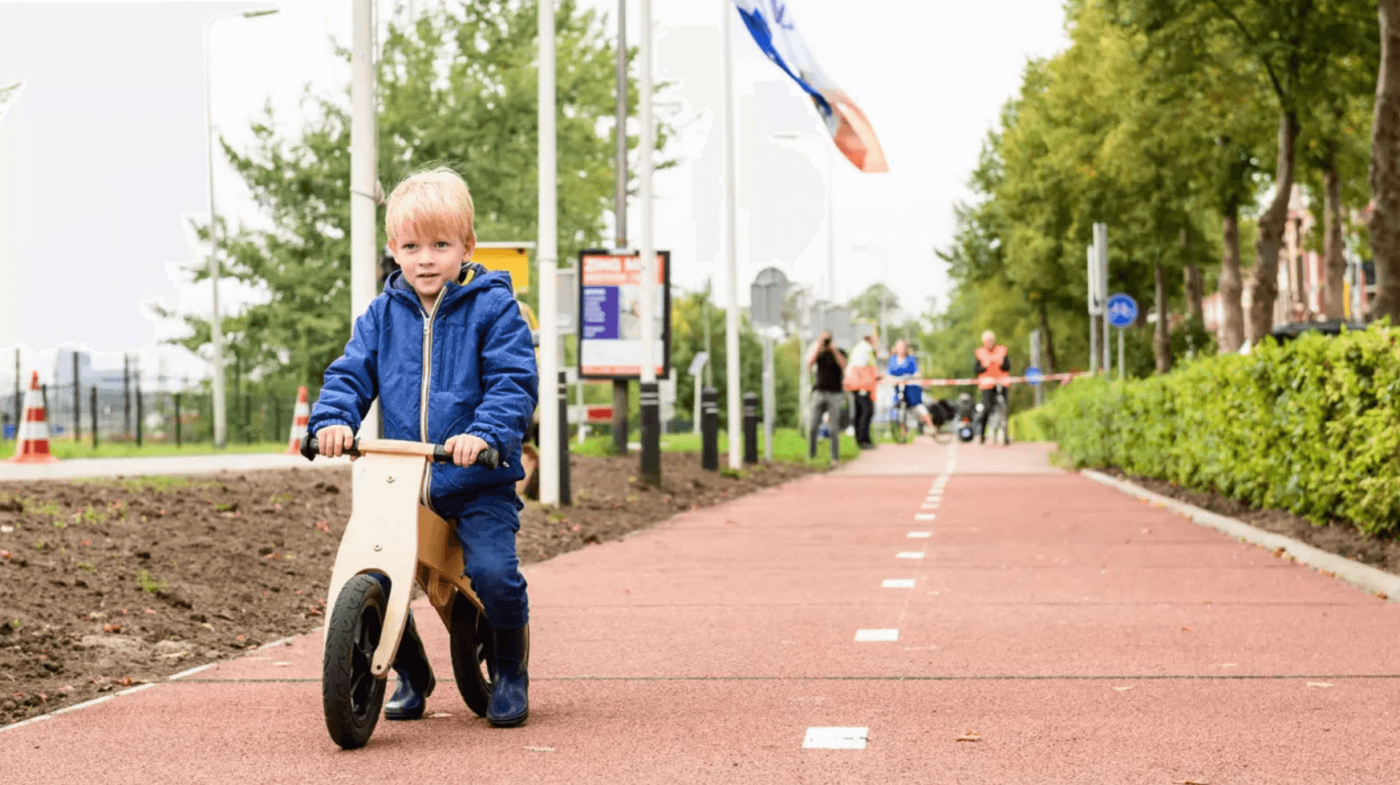No products in the cart.
White pollution: 5 unexpected solutions to the plastic crisis

White pollution (plastic pollution) is one of the greatest challenges facing the planet.
Currently, 12.7 million tonnes of plastic ends up in our oceans each year, and the consequences for sea life are tragic, from choking turtles to poisoning whales. Clearly, the main solution is reducing the amount of plastic we use at the source, but people are also turning to technology, lateral thinking and even other species to find the answer to the monstrous behemoth of plastic on planet earth.
Here are 5 unexpected solutions:
A New Fungus Mushroom
Aspergillus tubingensis is a dark-colored fungus that grows rapidly in warm environments. It may not seem surprising, but there is one property of Aspergillus tubingensis that has aroused great scientific interest.The big problem with plastic is that it doesn’t break down or degrade – and which is why we’ve probably got plastic inside our bodies right now. A team of microbiologists at Quaid-i-Azam University in Pakistan found that aspergillus tubingensis can break down polyurethane (PU). “The fungus secretes enzymes that degrade the plastics, and in return, the fungus gets food from it by dissolving the plastics,” said lead author Sehroon Khan. The fungus could be used to break down plastic in landfill.

Microbiologists are testing the possibility of fungi breaking down polyurethane.
The Ocean Cleanup
The Great Pacific Garbage Patch is the largest concentration of floating Garbage in the ocean. Located between California and Hawaii, the island is three times the size of France and contains 80,000 tons of plastic waste. A team of Dutch engineers, led by 24-year-old Dutch designer Boyan Slat, have placed an ocean cleaning system called “System 001” (dubbed the ocean Vacuum cleaner by some media) into the sea. The Marine cleanup system is a Marine debris recovery system, consisting of a giant tube 600 meters long floating on the surface of the ocean and a three-meter high barrier beneath the tube, through which plastic waste is intercepted and collected. Every few months, they would scoop up the garbage and put it on a boat. Using computer simulations and scale models, the team tested and trialled the system in the ocean, and now it has been placed in the Great Pacific Garbage Patch to clean up the Pacific Ocean. Slater’s invention has been greeted with both praise and suspicion, but for now everyone is waiting and seeing what will happen.The moment I am looking forward most to is when we are taking the first plastic back and it’s proven technology,” Slat has said.

Plastic waste collected in the Great Pacific Garbage Patch by a prototype boom (Image: The Ocean Cleanup)
Plastic Road
Another idea to come from the Netherlands is a project called PlasticRoad. The first “plastic road” was built in the Dutch city of Zwolle, using recycled plastic as a cycle path. The raw material of the plastic road is plastic waste that should be sent to waste incineration plants or landfills for disposal, including plastic waste such as bottled plastic, plastic cups and plastic packaging.At present, the utilization rate of recycled plastics on the plastic road is 70%, but in the future, it plans to achieve 100% recycled plastics. The company revealed that this material has a longer life and shorter construction period than asphalt, and can be directly disassembled and replaced, so it is low-carbon and environmentally friendly. Zwolle’s first “plastic road” is 30 meters long and contains recycled plastic equivalent to more than 218,000 plastic cups or 500,000 plastic bottle caps. In November 2018, a second “plastic road” will be laid in Overijssel.

A new bike path in the Dutch city of Zwolle is made from the equivalent of 218,000 recycled plastic cups.
Seaweed packaging instead of plastic packaging
To combat white pollution, engineers and designers are looking for new materials for food packaging. Bioplastics are made from renewable biomass, usually including vegetable oils, tapioca starch, wood chips or food waste. Seaweed, however, is the solution used by Indonesian start-up called Evoware. Working with the country’s seaweed farmers, they make sandwich and hamburger wrappers, sachets for flavouring and coffee, and soap packaging, all made out of seaweed. Packets made from seaweed can be dissolved in hot water and eaten without throwing away the wrapping paper. Has the dual benefits of sustainability and nutrition.

Seaweed packaging is seen as a new solution to food packaging’s over-reliance on plastic.
Social forces
The biggest problem with white pollution is its effect on ocean life. It is estimated that by 2050 there will be more plastic waste in the oceans than fish. The concept proposed to avoid this situation is quite abstract. Plastic Bank, a social enterprise, recycles Plastic at above-market prices that people can exchange for cash, goods (fuel, POTS and pans) or services, such as top-up tuition fees. The stimulus encourages people to collect plastic that would otherwise end up in the ocean.This is also a poverty alleviation measure to increase people’s income, beautify the streets and reduce the amount of marine debris. “Plastic Bank” aims to turn plastic waste into treasure and use it as currency. The company resells recycled plastic to corporate customers at about three times the cost of plastic. Currently, governments in Haiti, Brazil and the Philippines have opened “plastic banks”, and South Africa, India, Panama and the Vatican will also promote their use.

Implement plastic recycling recycling of recycled plastic into recycling.

